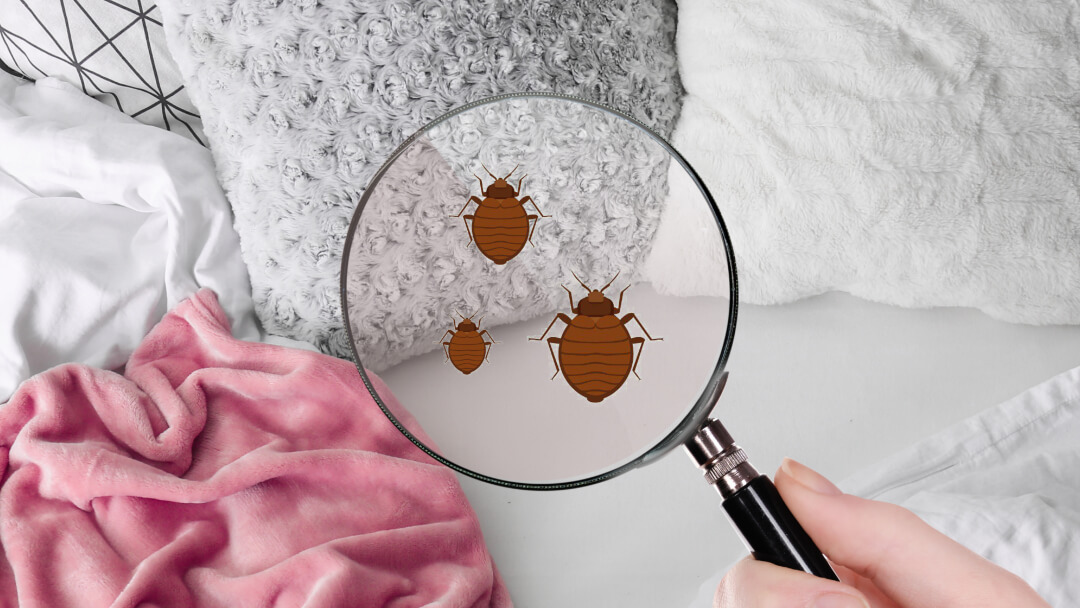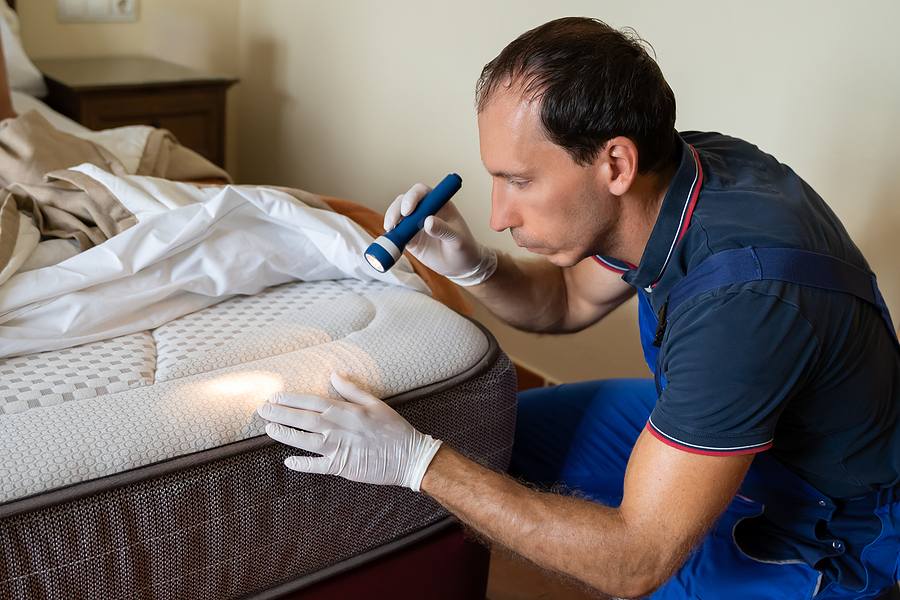A1 Bed Bug Extermination Houston: Specialist Providers
A1 Bed Bug Extermination Houston: Specialist Providers
Blog Article
Understanding the Lifecycle of Parasites for Targeted Control Methods
Comprehending the lifecycle of pests is a basic element of efficient insect monitoring methods. By comprehending the numerous stages of development that bugs undergo, an extra targeted and exact strategy can be embraced to regulate their populaces. This expertise not only clarifies the vulnerabilities within the pest lifecycle however also leads the way for applying calculated measures that can interrupt their development and reproduction cycles. Via a deeper understanding of just how insects grow and develop, customized control strategies can be created to address certain factors in their lifecycle, eventually bring about more successful parasite management results.
Importance of Comprehending Bug Lifecycle
Comprehending the lifecycle of bugs is vital for establishing efficient and targeted control techniques in pest administration. By comprehending the various phases a parasite goes via from egg to grownup, insect control professionals can identify at risk factors in the lifecycle where intervention can be most successful.
In addition, identifying the details environmental conditions necessary for each and every stage of the pest's lifecycle can guide choices on habitat modification or exemption techniques to lower and interfere with the lifecycle insect populations. This expertise allows pest management specialists to execute proactive actions as opposed to relying only on reactive therapies, causing more lasting and sustainable parasite control options. Ultimately, a detailed understanding of insect lifecycles equips pest control professionals to tailor their approaches efficiently, maximizing and lessening ecological effects control end results.
Secret Phases in Pest Advancement
To efficiently execute targeted control methods in bug monitoring, a critical aspect exists in adequately recognizing and recognizing the vital phases in parasite growth. Parasite growth typically consists of numerous vital phases that are vital for their lifecycle and administration.

Vulnerabilities in Pest Lifecycle
Throughout the various phases of a parasite's lifecycle, distinctive susceptabilities arise that can be purposefully targeted for reliable control procedures. One important susceptability lies in the egg stage, where pests are often extra at risk to specific insecticides or biological control representatives because of their soft outer shell, making them less complicated targets for treatment. Furthermore, the larval or nymph phase provides vulnerabilities as parasites go through fast growth and growth, needing high energy intake that can be exploited by interrupting their food resources or introducing development inhibitors. Pupal stages, identified by immobility and transformation, use a window for targeted control via physical barriers or specific therapies that impede effective development. Finally, grown-up pests, while extra durable as a result of their reproductive capability, can still be vulnerable throughout mating or egg-laying tasks, which can be disrupted via pheromone catches or sterilization strategies. Understanding these vulnerabilities in the parasite lifecycle is necessary for establishing reliable and accurate control approaches that efficiently take care of pest populaces while lessening environmental effect.
Implementing Targeted Control Measures

Applying targeted control measures generally entails a multi-faceted approach. This may consist of environment modification to make the atmosphere much less friendly to pests, such as eliminating standing water for insect control or securing access points for rodents. Furthermore, organic control approaches can A1 bed bug removal houston be made use of, where all-natural predators or pathogens are introduced to keep bug populaces in check.
Integrated Insect Management (IPM) approaches that incorporate different control measures in a worked with and lasting way are frequently the most reliable in accomplishing long-lasting parasite management objectives. By implementing targeted control procedures based on an extensive understanding of bug lifecycles, pest populaces can be successfully controlled while decreasing dangers to human health and the setting.
Improved Parasite Administration Practices

Furthermore, the consolidation of biological control agents, such as all-natural predators or virus of insects, can help in reducing dependence on chemical pesticides and promote a more well balanced community. Applying physical barriers and catches can likewise be component of enhanced bug management methods, supplying non-toxic and targeted options for pest control. Furthermore, the usage of pheromones and other semiochemicals can interfere with pest breeding patterns and communication, causing lowered bug populations with time.
Conclusion
To conclude, recognizing the lifecycle of insects is critical for effective insect administration approaches. By identifying essential phases in parasite growth and vulnerabilities in their lifecycle, targeted control steps can be carried out to decrease pest populations. Improved bug monitoring practices can help in reducing the dependence on broad-spectrum chemicals and advertise even more environmentally friendly and sustainable insect control techniques. This understanding plays a crucial duty in keeping healthy and balanced ecological communities and farming performance.
Recognizing the lifecycle of parasites is necessary for establishing efficient and targeted control techniques in insect management. By understanding the different stages an insect goes through from egg to grownup, bug control experts can identify at risk factors in the lifecycle where intervention can be most successful. Inevitably, a complete understanding of bug lifecycles encourages parasite control professionals to tailor their strategies properly, making best use of and lessening environmental influences control results.
By implementing targeted control procedures based on an extensive understanding of pest lifecycles, bug populations can be properly managed while minimizing dangers to human health and the atmosphere.
By recognizing crucial stages in bug development and susceptabilities in their lifecycle, targeted control measures can be carried out to minimize insect populaces.
Report this page